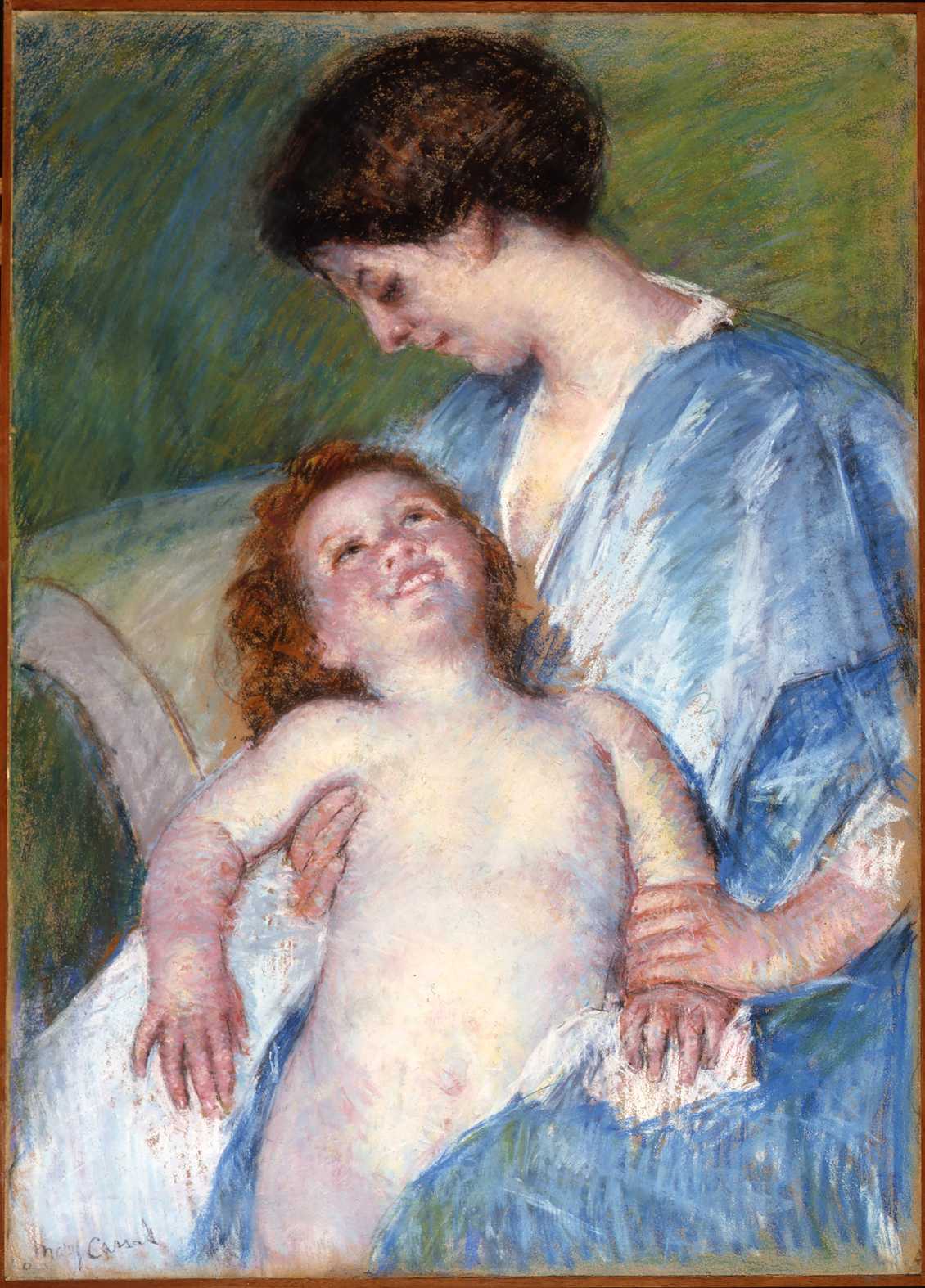Between Drawing and Painting: Pastels from the Collection
Pastel is probably the most expressive and versatile medium ever invented for drawing. Born of experiments with colored chalks in the late 16th century in Northern Italy, it went beyond chalk's dry colors, becoming more saturated, luminous and radiant. It was also inherently flexible and could be combined with watercolor, chalk, crayon, charcoal and pencil. In the 18th century, pastel's fineness and subtle shading reached a degree of virtuosity such that sometimes it would even be described as "pastel painting" for its ability to mimic the effects of oil on canvas.
Although pastels can be made in a variety of shapes and hardness (or even used as a dry powder), the most common is the simple cylindrical stick of friable* material that can be blended with the finger or the "stomp" – a tightly wound cylinder of paper that resembles a large, fat pencil sharpened at both ends. Over the centuries artists also employed a wide variety of papers whose "tooth", or roughness, aided the buildup of pastel on the surface. And although pastel first reached a peak in the portraiture of the 18th century, it was revived later in the 19th century with the Impressionists and post-Impressionists in what was essentially a second great age of pastel that lasted until WWII. This exhibition contains a wide variety of pastels, from the 18th century to the present and attempts to show the range of its uses, from old master portraiture to modern abstraction.
Organized by the Norton Museum of Art.



